Looking at the length of Twins games from 1961-2015
 Some time ago I did a piece on the length of MLB games after the league announced its changes to quicken the pace of play prior to the 2015 season that I called Looking back at the pace of play in 2015. You can read that article here. Today I want to take a look at the entire history of Minnesota Twins game duration’s going back to 1961.
Some time ago I did a piece on the length of MLB games after the league announced its changes to quicken the pace of play prior to the 2015 season that I called Looking back at the pace of play in 2015. You can read that article here. Today I want to take a look at the entire history of Minnesota Twins game duration’s going back to 1961.
First off we are going to note of some rule changes that baseball implemented since 1961 that may or may not have had an impact on the length of games. I am not saying I have them all listed here but I listed as many as I am aware of. I appreciate Stew Thornley’s help in compiling this list
1961 – 162 game schedule implemented
1966 – artificial turf first implemented (Astrodome)
1969 – mound lowered 5 inches
1969 – strike zone was shrunken to the area from the armpits to the top of
the batter’s knees
1969 – saves rule added
1969 – playoffs started
1971 – all players must wear protective helmets
1973 – AL DH started
1973 – glove sizes standardized
1975 – ball was permitted to be covered with cowhide because of the shortage
of horses
1995 – wild card team added to playoffs
1997 – interleague play introduced
2008 – limited instant replay introduced on August 29
2013 – In addition to interpreters taking the mound with the pitching
coach/manager, two other rule changes of note were implemented. 1. A seventh
coach will be permitted to suit up and sit in the dugout, one more than in
previous seasons. This change comes as a result of several teams hiring an
assistant hitting coach, most of whom were forced to sit out games in the
clubhouse last year. 2. The fake-to-third, throw-to-first pick-off move that
almost never works will now be considered a balk. The “trick move” was voted
out by the Playing Rules Committee last year — giving MLB the authority to
bar the move but approval by the player’s union would make the ban
unilateral.
2014 – MLB’s new system of instant replay dictates which plays are subject
to review, how instant replay will be initiated by field managers and how
the review process will be conducted. As a part of the expansion of instant
replay, Clubs will now be allowed to show all replays on the ballpark
scoreboard, regardless of whether the play was reviewed. Home plate rules
were also changed.
2015 – MLB introduced new pace of game rules 1. With certain exceptions,
hitters must keep one foot in the batter’s box between pitches throughout
their at-bat. 2. Each ballpark now has between-inning countdown timers to
ensure that the next half-inning starts promptly.
The timers are set at 2 minutes, 25 seconds for most games and 2:45 for
nationally televised games. Pitchers and hitters have been encouraged to be
ready to go when the clock reaches 20 seconds. 3. Managers can now signal
instant-replay challenges to umpires from the dugout area, instead of from
the field.
2016 – Netting behind home plate to reach out to dugouts. Possible strike
zone change?
My personal definition of a long game is one that last 3 hours or more. I love watching baseball but when the game drags on and there is a modicum of action than I start to get bored. For the most part I would rather watch a 2 1/2 hour game over a 3 1/2 hour game but there are exceptions, a high scoring back and forth game can be fun just as a 2 hour and 20 minute game with no action can be boring. For my purposes here I will consider games that last 3 hours or more as long games. The chart you will see tracks game duration averages as well as games that last 3 hours or more. Games of less than nine innings are excluded in my study.
You can read the rest of the story at Twinstrivia.com .
Posted on July 18, 2016, in MLB game length and tagged Minnesota Twins. Bookmark the permalink. Leave a comment.



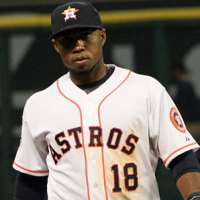
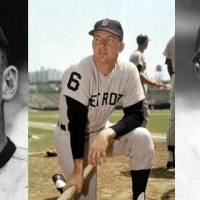
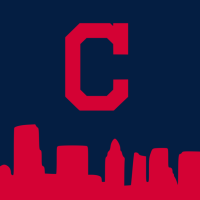

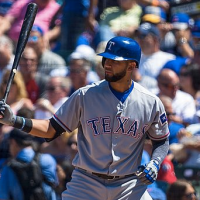


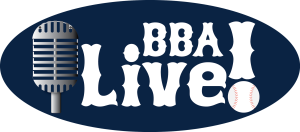




Leave a comment
Comments 0